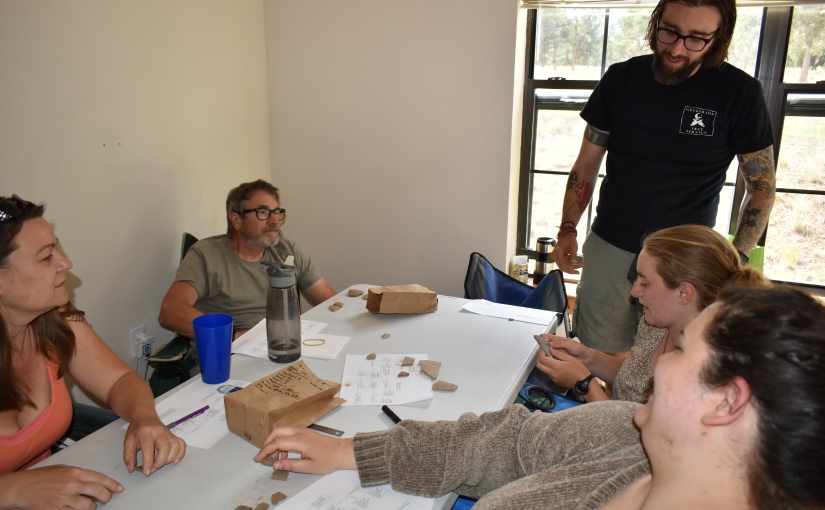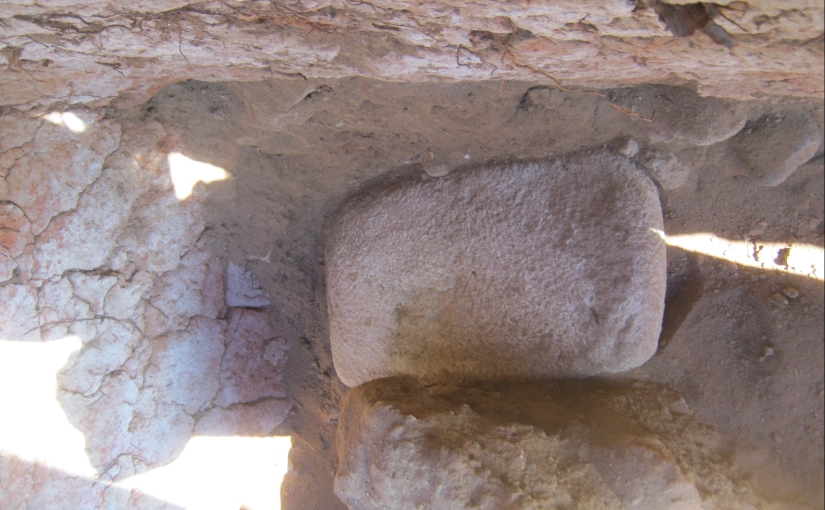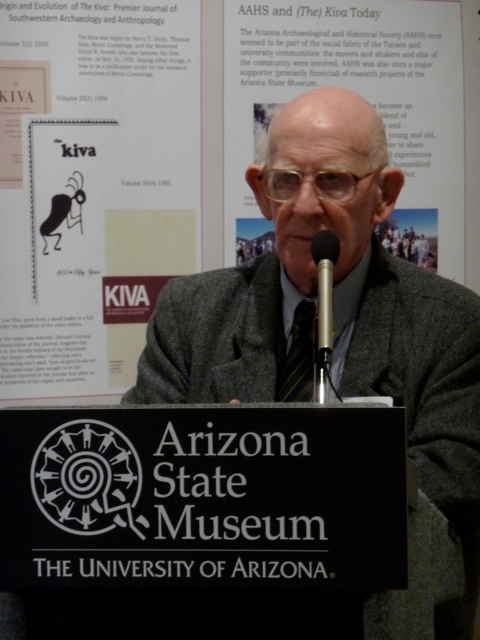By: Salome Mega
This article will discuss the sixth and last episode of season 8 of the tv show Game of Thrones (S8E6). Released in April 2019, this last season raised numerous fan critiques, notably concerning the choice of Bran the Broken as King of the Six Kingdoms.
But, you’re probably wondering why such a subject ends up being discussed on this forum dedicated to archaeology— and Gallina archaeology in particular. Here is why: as a student in the field, I quite enjoyed the ending that was proposed by the writers of the series. Why? Because the monologue of Tyrion Lannister in front of the assembly of lords and ladies of Westeros to propose Bran the Broken as King can be interpreted as a tribute to the importance of History and Archaeology to understand our present and lead our future.

Original picture by HBO
To refresh your memory, I joined to this post the link to the scene and the transcript of the monologue of Tyrion:
“Tyrion Lannister: I have had nothing to do but think these past few weeks, about our bloody history, about the mistakes we’ve made. What unites people? Armies? Gold? Flags? (shaking his head) Stories. There’s nothing in the world more powerful than a good story. Nothing can stop it. No enemy can defeat it. And who has a better story than Bran the Broken? The boy who fell from a high tower and lived. He knew he’d never walk again, so he learned to fly. He crossed beyond the wall, a crippled boy, and became the three-eyed raven. He is our memory, the keeper of all our stories: the wars, weddings, births, massacres, famines, our triumphs, our defeats; our past. Who better to lead us into the future?”
Tyrion suggests Bran should be king because the powers of the three-eyed raven enable him to see into the past of Westeros, and into the future as well. Bran is thus the guardian of the History of the people of Westeros, and is according to Tyrion the most fit to lead thanks to his knowledge of the past and his visions of the future. Tyrion thus values History as a guide for the present and the future of his world. He sees the absolute historical knowledge of Bran as a way to avoid repeating mistakes that have been made in the past. Tyrion also considers History as the only binding agent between humans. Even though the houses of Westeros are often in open conflict, they are all in a way linked to one another by their history: be it by “the wars, weddings, births” etc.
Much of what Tyrion argues for in this monologue can be applied in our world. Even if no one has the supernatural power of seeing the past, our History is still accessible to us through oral histories (knowledge of events that occurred in one community and that is passed down verbally for generations), written histories, and archaeological data. Written histories are translated and studied by historians. Archaeological data are obtained by archaeologists when excavating and are interpreted in the most objective way possible. What distinguishes historians and archaeologists is that the former study written texts and imagery left by a culture or describing a culture, while the latter study the material remains of past human societies. Together, historians and archaeologists aim at reconstituting the past in the most accurate and objective way possible. Thanks to the knowledge maintained in oral histories, texts, and archaeological interpretations, we can now look into some of our past (almost) like the three-eyed raven. Even though we cannot visualize past events as well as Bran does, we at least know of their existence.
Archaeology is therefore important as it enables us to access our past and retrace our History. It is essential for human societies to know about their past for the following reasons.
First, History is an important element in the building of identities. A common ancestry or History can provide a sense of belonging to a community and can be supplemented by an attachment to a place. National identities, for instance, are often built on a historical narrative that is considered to be shared by a large number of citizens. Such narratives can exclude regional or local identities to favor social and cultural cohesion within the nation by omitting events in the narrative. Such omissions can be pointed out by scholars or clarified by new archaeological research. This way, local communities can claim their past and reaffirm their identity.
Second, like Tyrion argued, History unites people. The oral histories, written histories, and archaeological data have helped us retrace the history of our species from the origins, through different cultural stages and up until nowadays. As human beings, we are defined by our past and united by it beyond our cultural differences. Keeping the record of our past is a way to show our existence in this world. Actually, this is well illustrated in S8 of Game of Thrones when the Night King targets solely Bran to erase any record of the History of the people of Westeros and therefore of their existence in their world.
Third, the mistakes we have made in our past can be avoided by learning from them. That is what Tyrion proposes when he suggests Bran should be king. He considers that his knowledge of the past makes him more able to find solutions to their contemporary problems. This would also be the case in our world. The study of past societies and of the systems they put in place to overcome external and internal pressures can help us find new ways to approach the major problems of this century (climate change, overpopulation, increasing globalization, large population migrations, the rise of far-right politicians, and on and on and on). The key to the future is found in the past. It is possible to “break the wheel” by avoiding repeating the same mistakes over and over. And who better to lead us into the future than History?

![Why is Archaeology Important? Let’s find out from Tyrion Lannister in Game of Thrones Season 8 Episode 6! [Spoiler Alert]](https://glohre.files.wordpress.com/2019/11/tyrion.jpg?w=825&h=510&crop=1)




